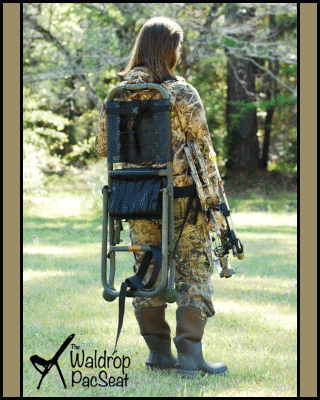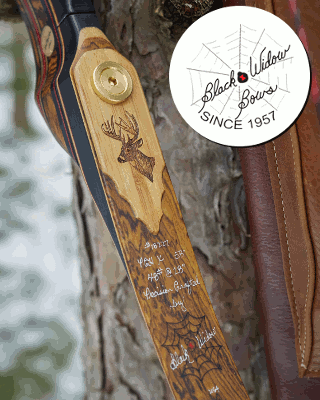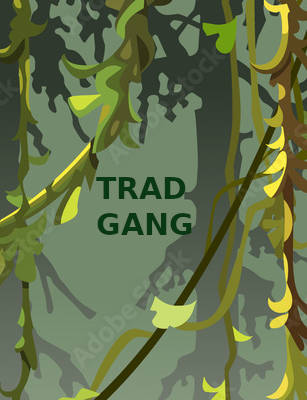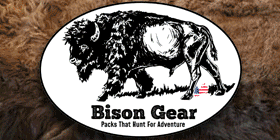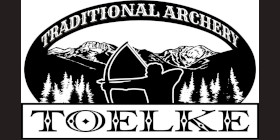Your getting pretty much what you need to hear from Phil.
It really depends on a lot of things. For instance when we shoot a large horse show we zero our cameras out. Meaning we start the show at a certain number and keep everything in a numeric progression. We might shoot as many as 6000 or so images in 2 weeks. So doing this is a must.
We always dump content in 2 locations before we clear cards also. Then as Phil mentioned you need to create folders of events and then burn at least 1 DVD if not 2. I am in a little bit of a different position as all my images must be ready and available for sale even after a year or more after the shoot.
Keywords and the "A" "B" principle is a good idea also in regards to image size and quality. Although I shoot RAW and the first thing I do once I open an image in Photoshop is to duplicate the layer and that way I always have kept an untouched original which I will never touch.
I can't even to begin to tell you how I feel about shooting in RAW for to many reasons to list. Remember everything you do to a JPEG including rotating or any keystroke at all degrades the image. That is never an issue with RAW. It just takes a pretty heavy machine to be able to process the files.
I also back everything up on external drives. I use Lacie externals which have proven over a long period of time to be as bombproof as they get. I know lots of people who use them and their opinions are pretty much the same. Plus they are not that expensive.
I use Photoshop in conjunction with ACR and Bridge and it flows well and gets the job done
One other thing just as a bit of advice is to just cull out your junk. I see a lot of guys who have a tendency to hold onto pictures that are not worth keeping. I had a professor in college once tell me the difference between a Pro and an Amateur is the Pro only shows you his good stuff.
I hope this helps as the answers on this topic could make a book as thick as a local yellow pages and just like Photoshop there are 10 different ways to do anything and get the same results.
Tim
 www.timschoenborn.com
www.timschoenborn.com

